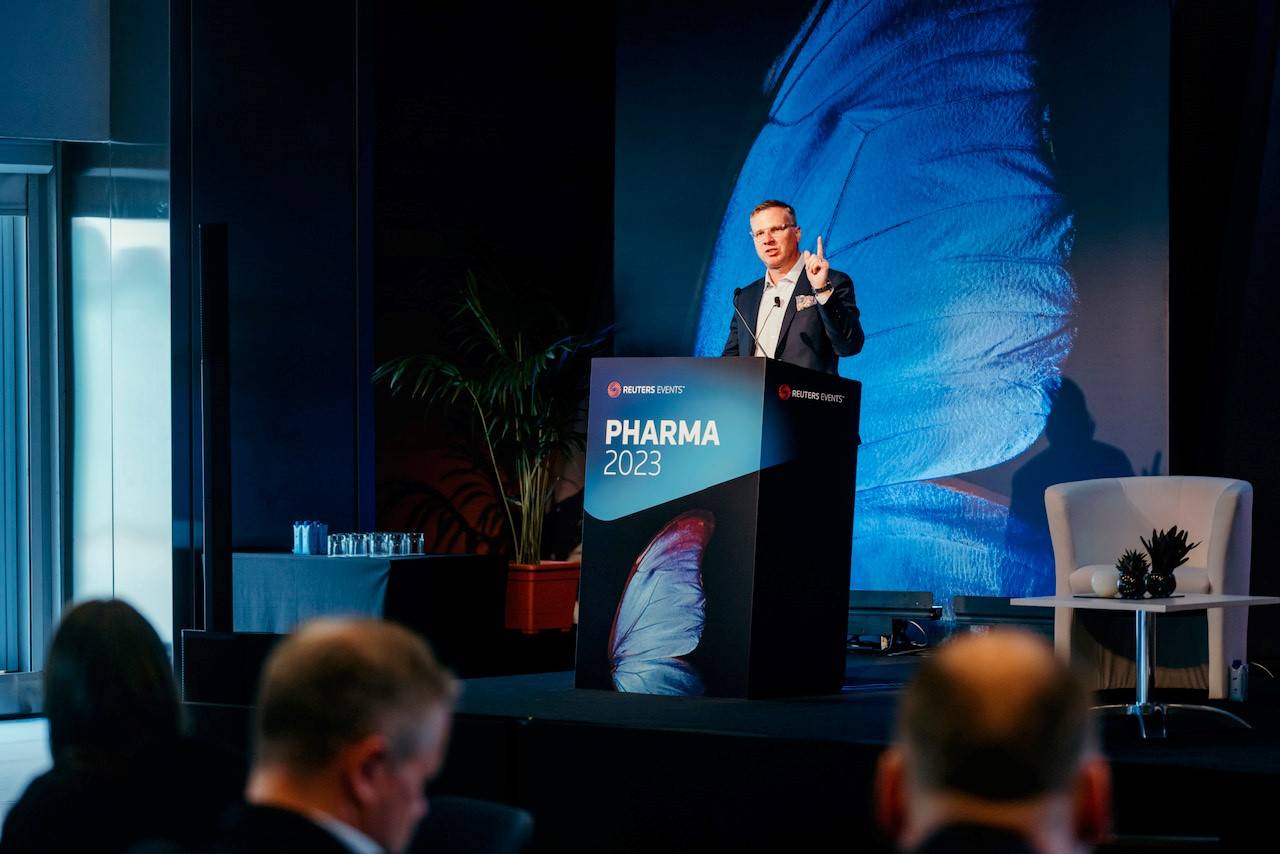Pharma Europe Q&A
By AmerisourceBergen
There's an increasing pressure on European market access leaders to deliver faster patient access while advancing evidence. The Pharma Europe 2023 conference brought together the best and brightest biopharma change makers to discuss strategies for transforming evidence and market intelligence into effective global market access strategies and solutions. The future is bright, and the pipeline looks promising, but as science continues to advance and regulations and requirements continue to vary, challenges of bringing transformative medicines to market remain.
Tommy Bramley, Senior Vice President, Market Access and Global Consulting, AmerisourceBergen, had the privilege of chairing the Market Access and Real World Evidence track at the conference. He shares some of his takeaways on the exciting future for this area and why meetings like this matter.

Q: What was your overall impression of the Pharma Europe conference?
Tommy Bramley: It's always great to connect with industry leaders, hear what's on their minds, and understand what trends they're following and how they're preparing to be successful in new markets with new policies and new regulations. I really enjoyed the conference; the presentations aligned with our thinking in terms of some of the pressures mounting on the biopharma industry with the Inflation Reduction Act and some of the new policy considerations, and in Europe, the transition toward the joint clinical assessment (JCA) and what that would mean as part of a new health technology assessment (HTA) process.
Q: What were some of the key takeaways on market access and real world evidence you hope the audience gained from the discussions?
Tommy Bramley: I hope they were able to see it's a very dynamic environment that's significantly shaped by policy. New ways of thinking will be required as we consider how outcomes-based agreements or innovative contracting schemes can deliver value.
I think early consideration of market access is vitally important as biopharma prepares for those new environments. How do they prepare the evidence that will be needed for payers and HTA bodies, while still meeting the regulatory endpoints on safety and efficacy required by the European Medicines Agency (EMA) and the U.S. Food & Drug Administration (FDA). Those trends were well articulated during the market access and real world evidence track. Real world evidence is a powerful tool to help speed clinical development.
Instead of having a placebo-controlled group, biopharma would create a control arm, a placebo arm from the standard of care. This is often done for rare and orphan diseases, where it is hard to recruit a patient pool. Another exciting area is surrogate endpoints, which are predictive of longer term outcomes. Think of overall survival rates. It's difficult to run trials long enough to see if there's an overall benefit. So biopharma looks for other endpoints that are very predictive of overall survival rates and accepted by HTA bodies. This the case for progression free survival, which is the length of time during and after the treatment of a disease, that a patient lives with the disease but it does not get worse. There's clear criteria in terms of what is acceptable, what is considered decision grade, real world evidence.
Q: Were there any presentations or panel discussions that challenged your existing assumptions or provided a new perspective?
Tommy Bramley: I saw progress being made in the understanding of policies and their implications. For example the unintended consequences of the Inflation Reduction Act are becoming clearer. Our big focus as a company is to protect, preserve and, most importantly, appropriately reward innovation. It doesn't have to be a transformational type of innovation. It can be incremental innovation, which consists in small, yet meaningful improvements, and lead to change the industry over time.
So when we look at innovative ways of contracting, how do we make sure that we are not stifling innovation? How do we make sure that we don't unintentionally decelerate our progress against debilitating disease states?
Q: How do you see the field of market access evolving in the coming years, and what role do you believe conferences like this play in shaping that evolution?
Tommy Bramley: Bringing industry leaders together to have these exchanges of ideas creates a good dialogue between the biopharma industry, payers, and the different stakeholders. I think it's very valuable from that standpoint and I look forward to seeing how the debates and discussions progress over this coming year.
Q: As an expert in this field, what advice would you give to those who are just starting to think about their market access strategies?
Tommy Bramley: You'll need a good partner, who will cover regulatory, pharmacovigilance, quality, and market access. Early planning to pick the right partner is helpful to answer what will that commercialization journey look like and how to get products to market faster and in more geographies. The right partner will help deliver those innovations to market and expand patient access.

.png?h=320&iar=0&w=540&useCustomFunctions=1¢erCrop=1&hash=591DE13181C8BC503BD937C9303B9EBF)
